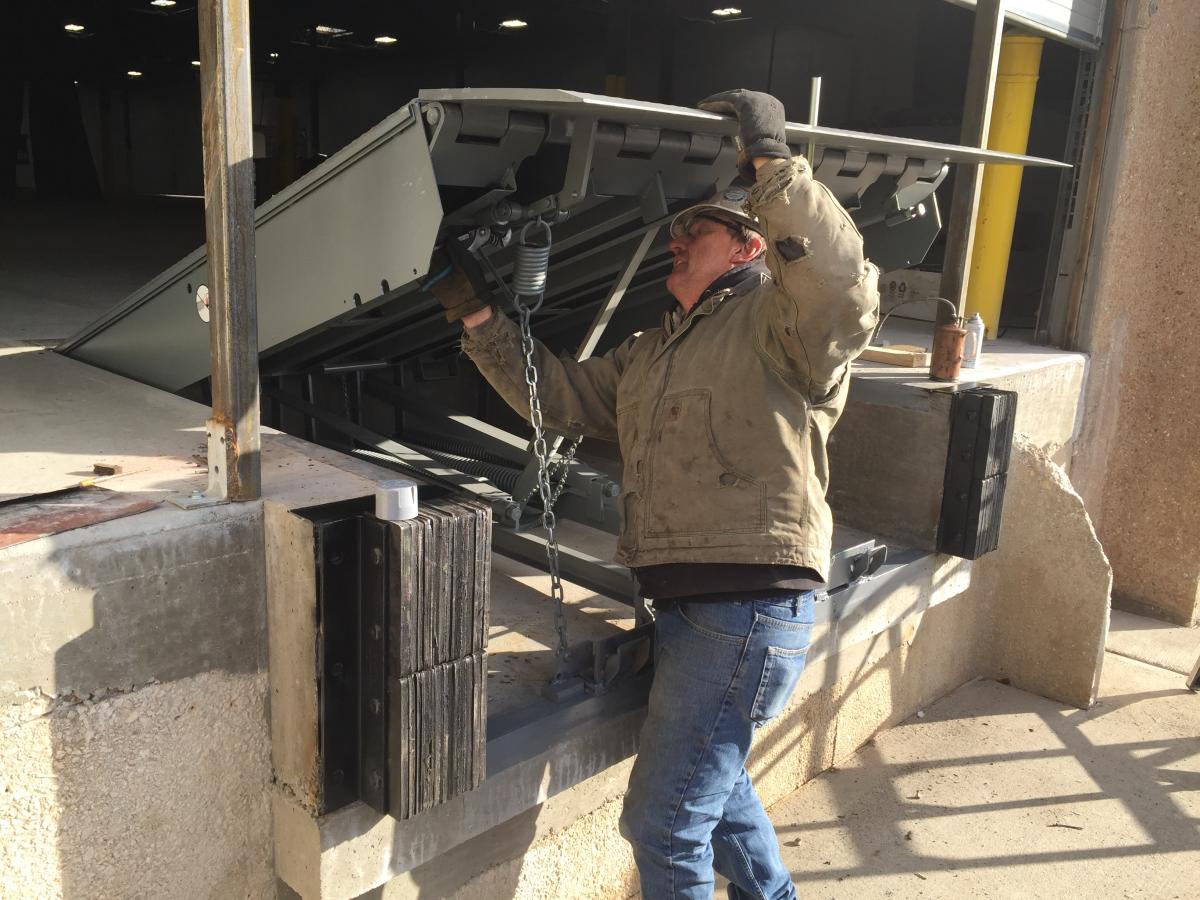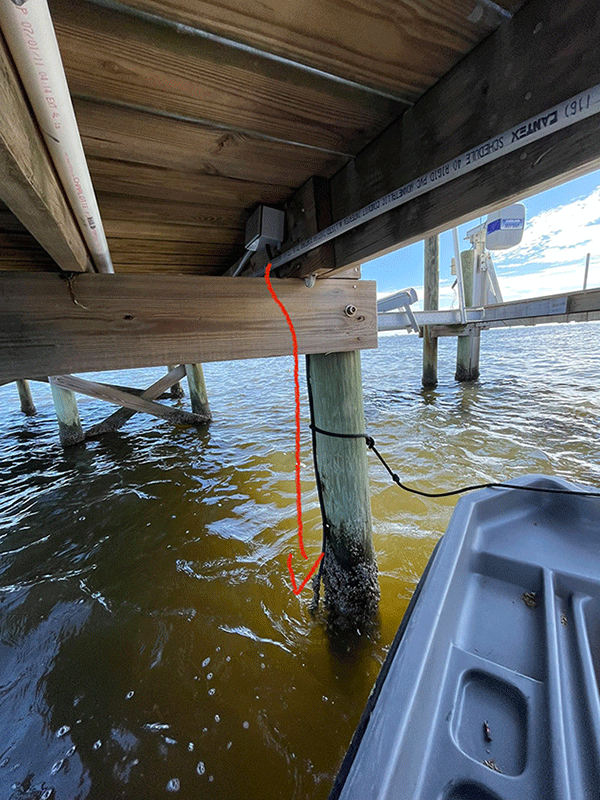How to Choose the Right Service for Your Dock Repairs
How to Choose the Right Service for Your Dock Repairs
Blog Article
Efficient Dock Repair Techniques: Ensuring Architectural Integrity
Guaranteeing the architectural stability of docks with effective repair methods is extremely important for the longevity and safety and security of marine facilities. Consequently, selecting the ideal fixing products, such as composite materials and corrosion-resistant alloys, is vital for resilience.
Examining Dock Damage
Evaluating dock damage is a crucial first action in making sure the structural stability and security of any type of docking facility. This first evaluation includes an extensive assessment to recognize both hidden and noticeable damages. Secret facets to analyze consist of the dock's structure, pilings, decking, and hardware. Each component has to be inspected for indications of wear, rot, rust, or various other forms of destruction that could jeopardize the structural integrity.
Architectural engineers or qualified inspectors commonly perform these evaluations using specialized techniques and devices. Undersea evaluations might employ sonar tools or remotely ran automobiles (ROVs) to spot submerged damage. Over water, aesthetic evaluations are complemented by using dampness meters and other diagnostic devices to uncover underlying concerns not quickly visible to the nude eye.

Deciding On Fixing Materials
Selecting the ideal fixing products is a crucial action in the dock remediation process, one that directly influences the durability and performance of the repaired structure. Material option must be driven by variables such as ecological conditions, load-bearing demands, and compatibility with existing dock elements. Wood is a typical option for docks due to its natural resilience and visual appeal. However, picking the appropriate kind of wood, such as pressure-treated lumber or naturally rot-resistant types like cedar or teak wood, is important to stand up to water settings.
In enhancement to timber, composite materials are progressively prominent because of their resilience and low maintenance demands. Composites, usually made from a mix of plastic and wood fibers, offer exceptional resistance to rot, insects, and UV damages. For metal docks, choosing corrosion-resistant alloys such as galvanized steel or marine-grade aluminum is important to stop corrosion and guarantee architectural integrity in saline water conditions.
Epoxy materials and marine-grade sealers are important for fixing cracks and securing joints, offering a water resistant obstacle and enhancing the dock's general toughness. By carefully choosing top notch products, dock fixings can attain resilient results, consequently guarding against future degradation and guaranteeing secure, reliable usage.
Structural Reinforcement Methods
Efficient structural reinforcement strategies are critical in guaranteeing the stability and longevity of dock repair work. One fundamental approach entails using steel or composite reinforcement bars (rebar) within concrete structures. Rebar provides added tensile stamina, protecting against cracks and dispersing loads extra uniformly. This approach is specifically efficient for anchors exposed to hefty loads or harsh environmental problems.
One more essential technique is the application of fiber-reinforced polymers (FRP) These products offer high strength-to-weight proportions and outstanding resistance to corrosion, making them excellent for strengthening wooden or concrete anchors. FRP can be used in sheets or strips and adhered with epoxy resins to enhance architectural stability.
Supporting and securing systems likewise play a critical function in structural support. Cross-bracing, using metal or wood beam of lights, can combat lateral forces, lowering persuading and movement. Securing systems, such as helical piers or driven piles, provide a secure structure by transferring loads to deeper, much more steady dirt layers.
Finally, the combination of load-distribution plates can aid disperse weight much more equally throughout the dock's surface, reducing localized tension factors. These techniques jointly make certain that docks continue to be risk-free and robust, efficient in withstanding the roughness of their operational environment.
Advanced Fixing Methods

An additional sophisticated strategy involves underwater welding, which permits repairs to be conducted without the requirement to dewater the area. This approach is specifically beneficial for addressing architectural issues in immersed dock components, guaranteeing marginal disruption to operations. Improved welding strategies, paired with robot systems, supply precision and integrity, thereby prolonging the life expectancy of the dock.
Furthermore, cathodic defense systems are implemented to stop rust in metal dock frameworks. By utilizing sacrificial anodes or amazed present systems, these techniques effectively minimize the electrochemical processes that bring about material deterioration.
Last but not least, progressed monitoring innovations, such as structural health and wellness surveillance (SHM) systems, supply real-time data navigate to this website on the condition of dock frameworks. These systems make it possible for positive maintenance and timely treatments, inevitably guaranteeing the lasting structural honesty of the dock.
Maintenance and Avoidance
Maintenance and prevention are basic concepts that underpin the longevity and security of dock structures. Regular inspections are critical, allowing for very early detection of deterioration, prospective weak points, and environmental impacts. An aggressive approach, including regular look for corrosion, rot, and structural shifts, alleviates expensive fixings and extends the dock's operational life.
Preventative procedures must consist of applying protective coverings to steel components to protect versus rust and utilizing treated timber to resist decay. Furthermore, making sure proper water drainage and air flow can avoid water accumulation, which is an usual root cause of structural deterioration. Including quality products and sticking to maker guidelines throughout building and construction and fixing stages additionally play important functions in boosting sturdiness.

Training personnel in dock upkeep best practices makes sure regular application of safety nets. Leveraging technical developments, such as drones for assessments and sensors for real-time monitoring, can better enhance check this upkeep initiatives. By focusing on upkeep and prevention, dock owners can make certain architectural integrity, operational security, and cost-effective administration over the dock's life expectancy.
Conclusion
In verdict, preserving the structural honesty of aquatic centers requires detailed dock fixing techniques. Advanced fixing strategies, coupled with routine maintenance methods, make certain the dock remains risk-free and functional under varied environmental problems.
Making certain the architectural integrity of anchors through effective repair work methods is extremely important for the longevity and safety of aquatic centers.Choosing the ideal repair work products is a critical action in the dock repair process, one that directly affects the long life and performance of the fixed framework.Effective structural support strategies are essential in guaranteeing the security and longevity of dock repairs. By focusing on maintenance and prevention, dock owners can make sure structural honesty, operational safety and security, and cost-efficient administration over the dock's lifespan.
In final thought, keeping the architectural stability of aquatic centers requires comprehensive dock fixing methods.
Report this page